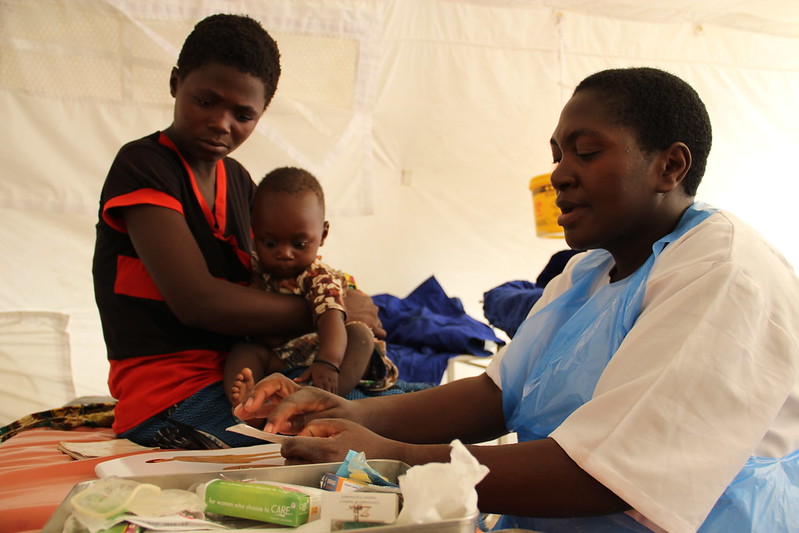This article explores recent research on the extent that family planning has been incorporated into HIV services in Malawi and discusses implementation challenges throughout the world.
The HIV epidemic is staggering, and it continues to affect communities all over the world. In 2019, there were 37.9 million people living with HIV worldwide, and 24.5 million people accessing antiretroviral therapy (ART). Present treatment allows people living with HIV to lead long and healthy lives. But getting people on treatment—and keeping them on treatment—remains challenging. In addition, a high number of women, girls, and couples living with HIV have unmet family planning needs, leading to unwanted or mistimed pregnancies. In recent years, the integration of HIV and family planning has become a critical intersection for those working in both fields to get and keep more people on treatment and to address unmet family planning needs.
In 2019, the ECHO trial results found that while injectable contraceptives, IUDs, or implants do not pose a higher risk for acquiring HIV, the incidence of HIV acquisition among women seeking contraceptive services (regardless of the method) was high, and more work needs to be done to integrate both services. That same year, the WHO released updated guidance on contraceptive eligibility for women living with HIV, and hosted a recent webinar training diving into these guidelines in detail.







